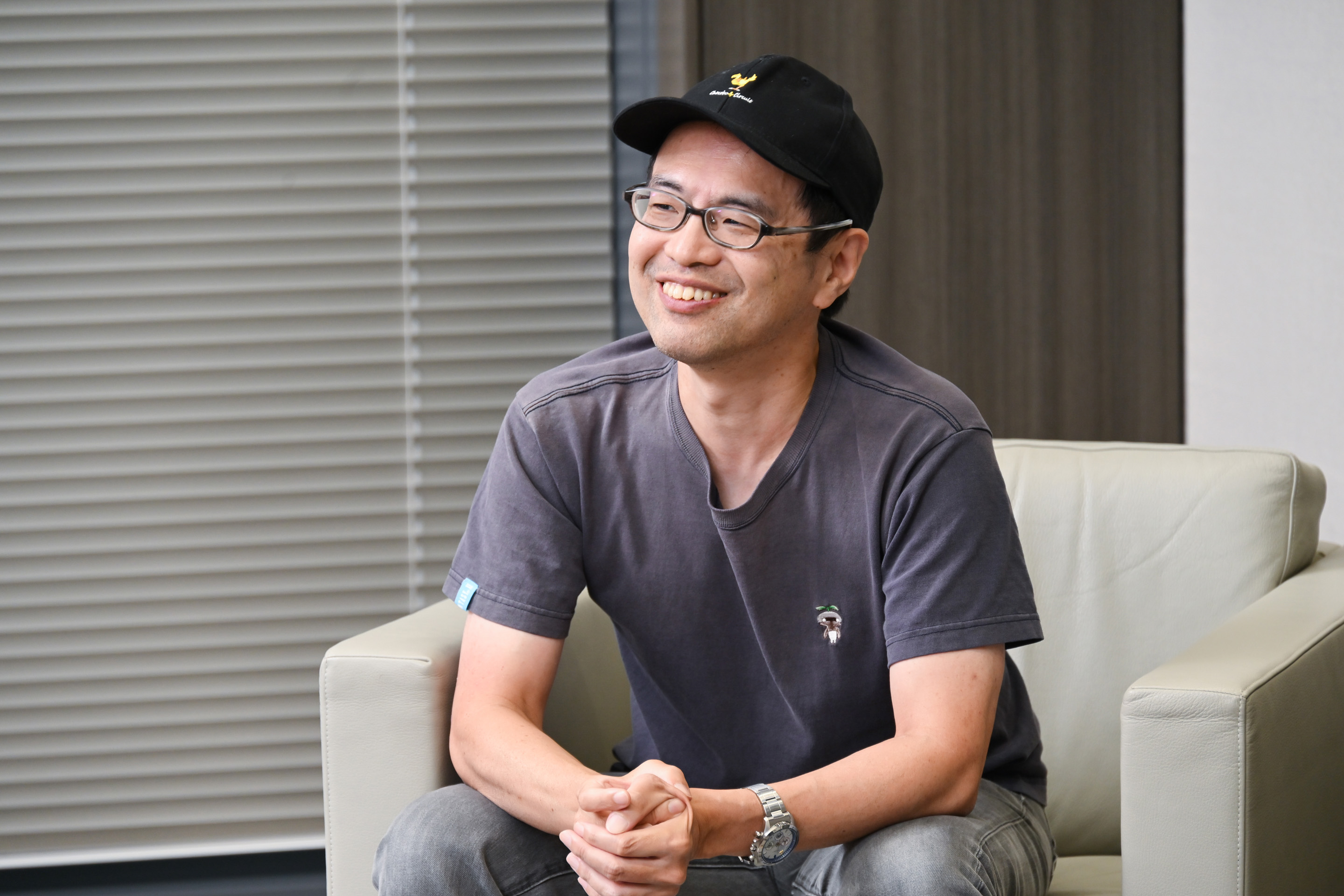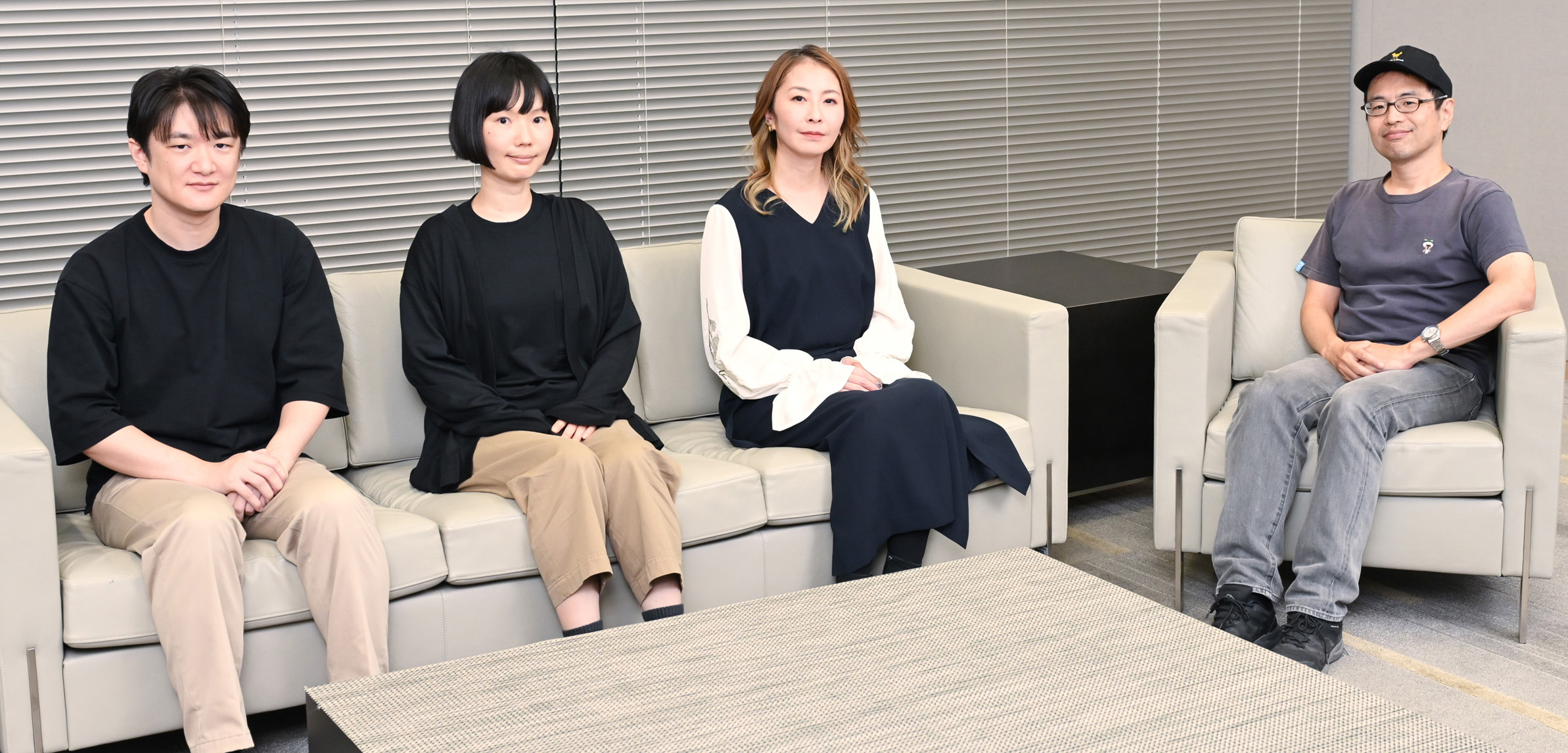"WE DISCUSS VANA'DIEL" is a series of conversations between Producer Fujito and special guests who are familiar with FINAL FANTASY XI (FFXI). Here in Season 2, we're featuring conversations between Producer Fujito and the development team in regards to the middle and later stages of FFXI's creation, including the various expansion packs and additional scenarios that have been released over the years.
The topic of this episode again focuses on Wings of the Goddess, the game's fourth expansion pack. Continuing on from our discussion in Season 2, Episode 4, which covered Treasures of Aht Urhgan, we spoke with Mihoko Kato, Kumiko Takahashi, and Masatoshi Ishikawa about the story and development details for this expansion as well.
Wings of the Goddess was the fourth expansion for FFXI and was released on November 22, 2007. The story takes place in Vana'diel during the time of the Crystal War, nearly 20 years before the game's present day of 884 C.E. The player meets with the enigmatic Cait Sith after being engulfed by a Cavernous Maw, and is tasked with traveling between the past and present in order to secure "a brighter future." Like the player, Lilisette, the story's heroine, also possesses the ability to travel through time, and she stars as Troupe Mayakov's top dancer in the past. In addition, major new NPCs were introduced, including Mayakov, the leader of Troupe Mayakov; Portia, a dancer in the troupe; and Ragelise, the captain of San d'Oria's Knights of the Ironcrest Hawk.
Wings of the Goddess's story not only consists of the usual missions, but also a series of consecutive quests from the three nations that are set in the past. Among them, players encounter various NPCs as part of the story, including Excenmille, Rahal, and Ajido-Marujido when they were children; younger versions of Zeid and Volker; Lehko Habhoka, the only male Mithra in FFXI; and also Robel-Akbel, the Warlock Warlord of Windurst whose face is covered in black bandages.
The areas visited in the past are mostly centered around Southern San d'Oria [S] and Batallia Downs [S], which are set 20 years before the game's current towns and fields. However, Vunkerl Inlet [S], Grauberg [S], and Fort Karugo-Narugo [S] are areas that no longer exist in the present day. (The [S] suffix added to the place names stands for Shadowreign and designates zones from that time period.)
On the gameplay side, the dancer and scholar were added as new job classes. Meanwhile, one of the expansion's core features was the complex battle content known as Campaign, which includes fighting battles that occurred in the past, as well as carrying out operations to support them. The mode includes Campaign Battles, which are large-scale battles fought around the land between the Beastmen and Allied Nations, as well as Campaign Ops, which are smaller scale missions that take place during the Crystal War.
Other content includes the ability to create dungeons with custom objectives and settings in Moblin Maze Monger (MMM), multiple adventurers taking on notorious monsters in Walk of Echoes, and much more. Furthermore, the game also added a level sync feature around this time, allowing you to restrict the level of all party members to that of a single player.

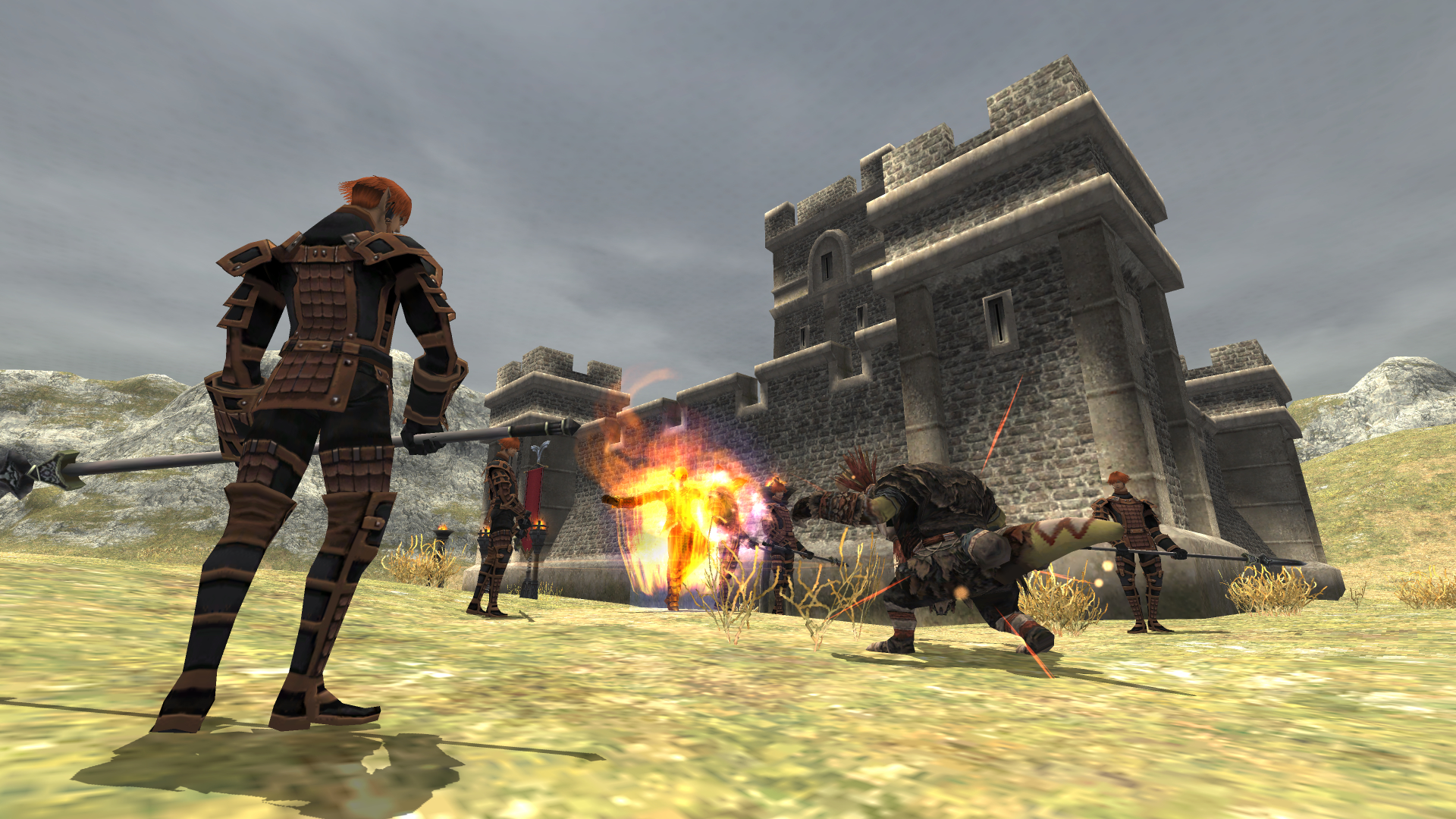

She originally joined Square-Enix as a 4th term trainee. She was assigned to the FFXI team, where she worked on the Adventuring Fellow scenarios, among other duties. She also worked on the main story for both Treasures of Aht Urhgan and Wings of the Goddess.

She was assigned to the FFXI team as a 5th term trainee and later worked on the development team for Kingdom Hearts II. Later, she rejoined the FFXI team on Treasures of Aht Urhgan, and also served as the lead writer for Wings of the Goddess. She also worked on the Windurst quests set in the past, among other duties.
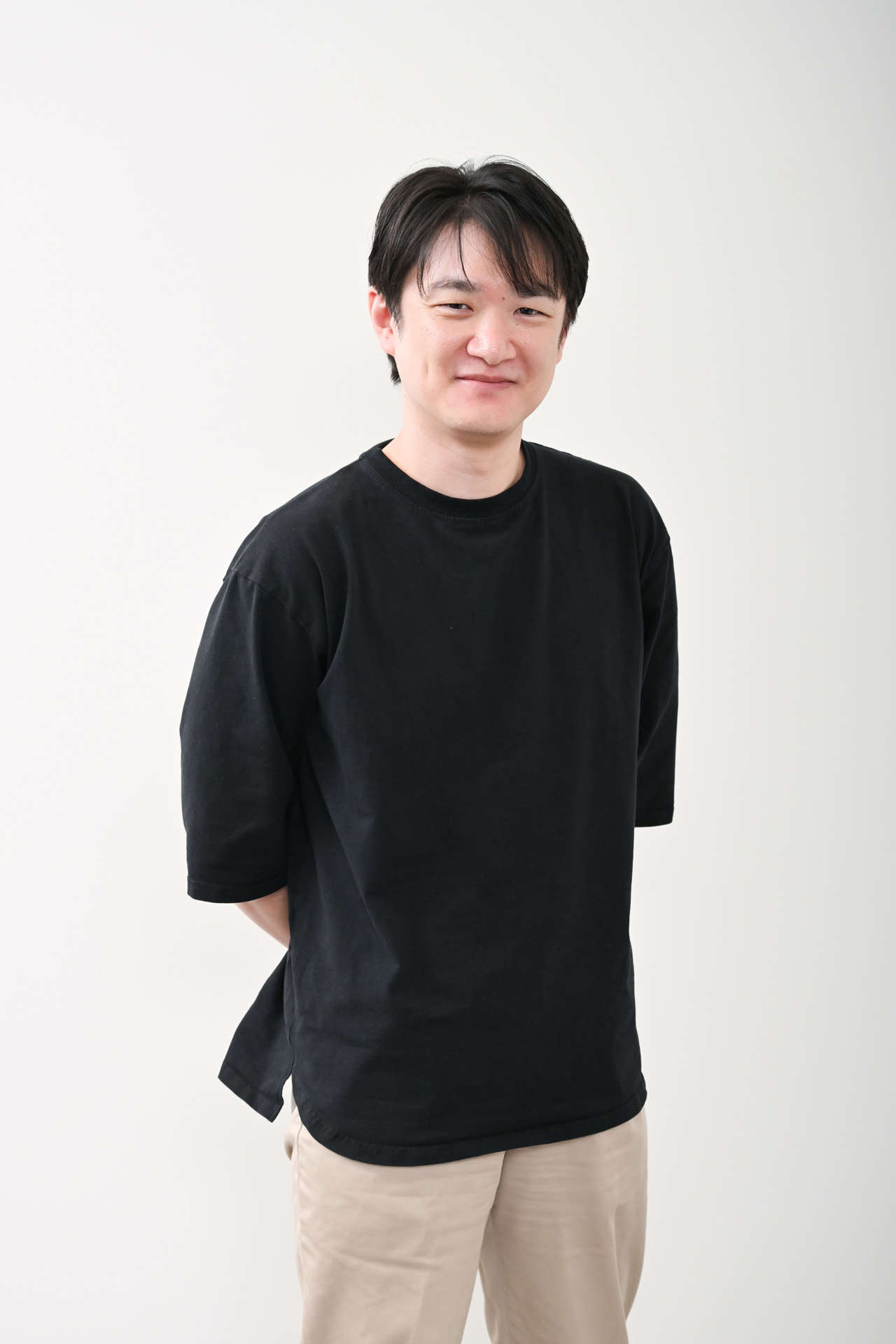
As a 3rd term trainee, he was assigned to the FFXI team from Chains of Promathia and mainly worked on the game's system-related elements. For Wings of the Goddess, he worked on the quests set in the past as well as the NPCs. He is currently working as a battle content designer for FFXIV.
Wings of the Goddess's story had to be created without the use of the usual "go-to moves"
Treasures of Aht Urhgan was released in 2006, while Wings of the Goddess was released in 2007. As such, I imagine that work on the two expansions must have overlapped quite a bit. Around what time did the planning for the Wings of the Goddess project actually start?
- Fujito
I don't recall exactly when, but I do remember Mr. Ogawa* creating the planning document from pretty early on.
* Koichi Ogawa, director of Treasures of Aht Urhgan and Wings of the Goddess. - Takahashi
I think we were probably approached around the time we finished work on the scenario for Treasures of Aht Urhgan and were ready to implement it into the game. I do remember being told, "This is what we're thinking of for the next expansion, so start coming up with ideas for it," while I was still working on Treasures of Aht Urhgan.
Was the concept of two possible futures—which is core to the story of Wings of the Goddess—present from the initial planning phase?
- Takahashi
No, we hadn't decided on that particular point yet. One thing that was decided from the beginning was to create a set of main missions and then a series of connected quests for the three nations that were set in the past. In the last episode (see Season 2, Episode 4), I mentioned how Treasures of Aht Urhgan wasn't supposed to feature such a long story, but Wings of the Goddess was originally planned to have a somewhat shorter story as well.
I didn't know that.
- Takahashi
Aside from a few exceptions, Wings of the Goddess is set in the original areas (the continents of Quon and Mindartia), albeit in the past. Therefore, I decided to have the main story include the same structure and volume as the missions for the three nations, where you set out from each one and complete their missions, before eventually meeting up for events such as the battles against the dragon and the Shadow Lord.
I see... So it was decided at that point that the main story missions and the quests for the three nations would proceed in parallel.
- Takahashi
Yes, that's right. So there was a person assigned to the past versions of the three nations. I was in charge of Windurst, Ms. Kyoya* handled Bastok, and Mr. Suzuki* was assigned to San d'Oria. Meanwhile, Ms. Kato oversaw areas such as the dragon battle and Shadow Lord battle. Afterwards, Ms. Kato left the company following the completion of the first episode, so I had to take over and finish writing the main missions. At that point in time, not much else beyond that had been decided.
* Yoko Kyoya, former planner. * Masatoshi Suzuki, former planner. And ultimately, Wings of the Goddess's story ended up becoming quite large in the end. (laughs) While thinking about the story, did you ever have any trouble coming up with ways to depict the past?
- Kato
Once we decided to set part of the story in the past, the question became whether we would have it affect the present day or not. At first, there was a quest created by the trainees, and it featured content that affected the present. I remember Mr. Komoto* seeing that and running up with a concerned look on his face, noting how difficult it was to have something that had an effect on the present day in the game.
* Nobuaki Komoto, director of Chains of Promathia.
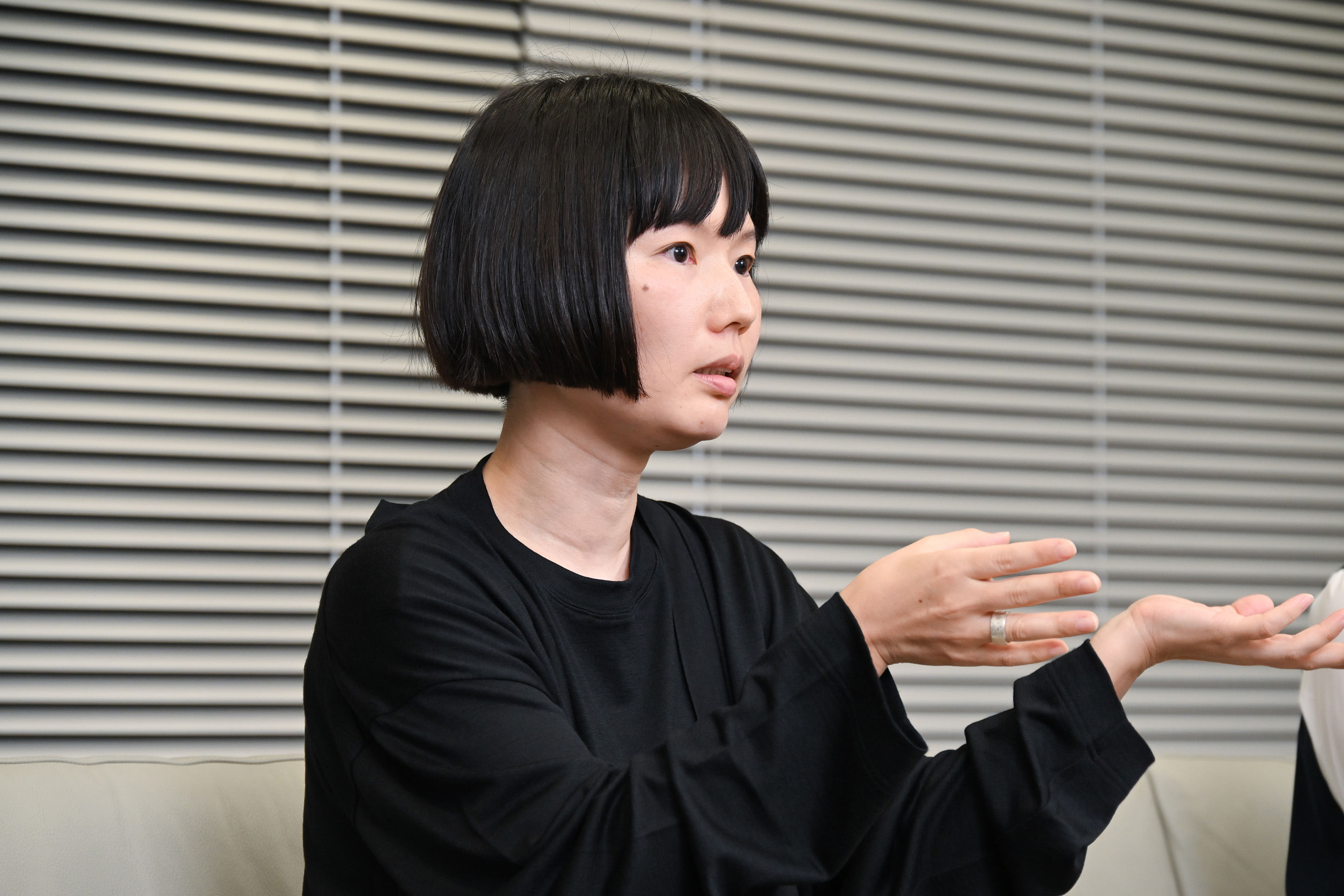
You need to make sure that the changes don't create conflicts with the story threads you have written into the game, and there is also the possibility that the player can create other changes to the present as well.
- Kato
That's why that particular quest is what decided Wings of the Goddess's direction, in that it would not have any effect on the present-day Vana'diel.
- Takahashi
We were worried that even though it's a story about time travel, the idea that "nothing would change no matter what you did" wasn't very interesting since there would be no point in journeying to the past. Furthermore, it can be hard to keep track of all the usual conventions for time travel found in science fiction stories... It's tough when you start looking at things like how the topic should be broached in terms of hardcore sci-fi, or all the different thoughts on how time travel should actually work. (laughs wryly)
- Ishikawa
The Copenhagen interpretation* also proved problematic.
* A general attempt to understand the world of quantum mechanics. It states that in principle, it is impossible to accurately predict the future, and any possible outcomes can only be predicted in terms of probability. - Takahashi
Generally, in movies like Back to the Future, there is a butterfly effect* where doing something in the past affects the present, and that's what makes the concept of time travel so fascinating. However, in the case of FFXI, the game world is shared by countless players around the world, so we have to prevent such concepts from making changes to the present-day game environment. So I had to approach the story in terms of "fighting a battle without the use of my usual go-to moves." That made it much harder to come up with the plot.
* The concept where a small event that occurs in the past triggers larger events over time, thereby changing the future.
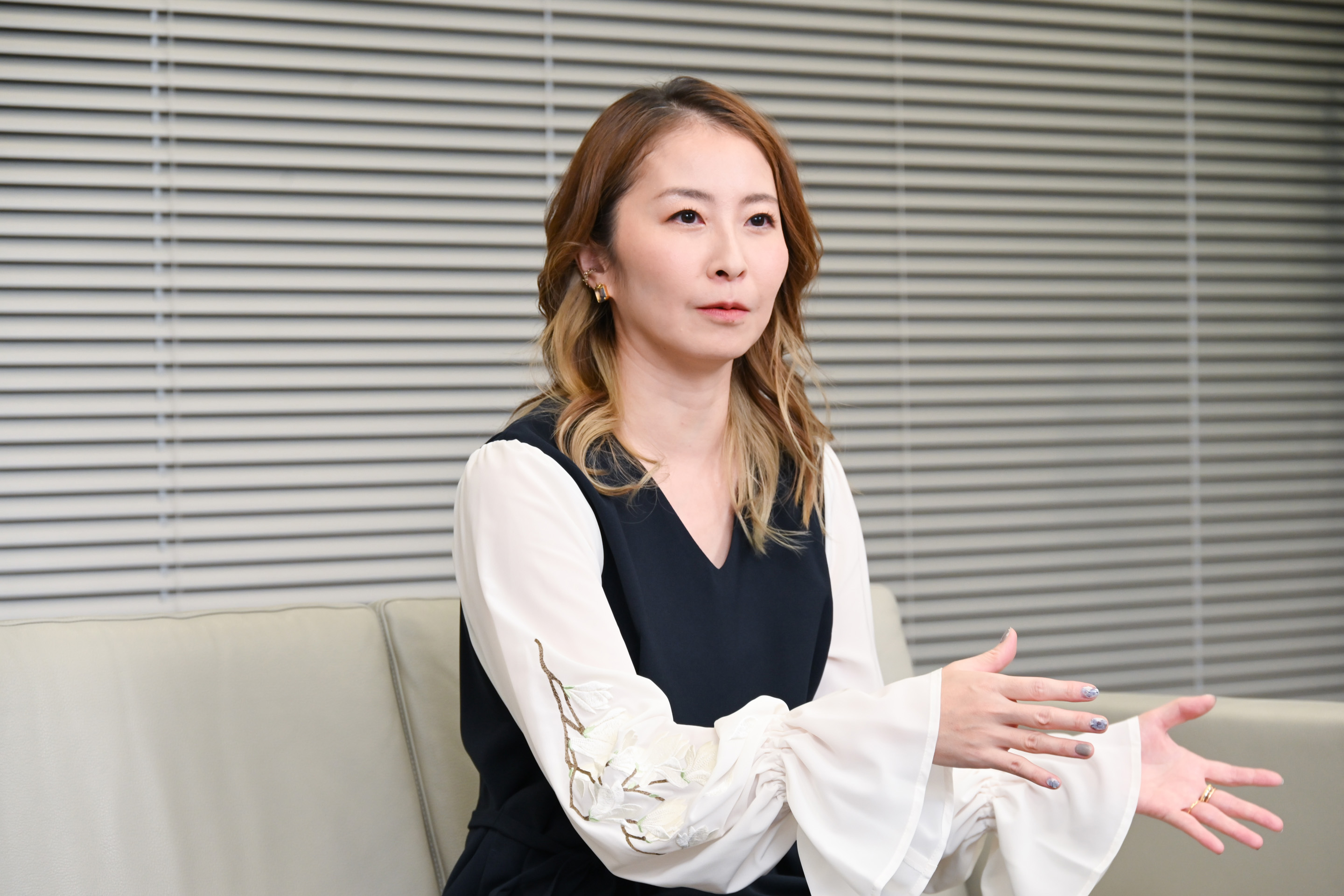
So given those constraints, that's how the concept of a "good" future where the player lives in a world where the Crystal War was won, and a "bad" future where the war was lost, came about.
- Takahashi
In addition to that, once we decided to set the story in the past, we knew that it would take place during the Crystal War and that it would depict a war between people and beastmen. So I kept those two things in mind while crafting a story to fit those parameters. On top of that, our original plan was to center the story on the battle against the Shadow Lord since it involved the Crystal War. However, we heard from the battle team members that they were planning to make the battle against the Shadow Lord something that could be attempted over and over again (Fiat Lux). Therefore, we decided not to incorporate it into the story.
Finally, the story behind "Tomoyo" is revealed!
While the story was being crafted, I believe that the heroine Lilisette also came into being. Can you share with us how her character was created?
- Takahashi
In the beginning, the plan was to feature Cait Sith in a major supporting role as narrator that drove the story forward. So during the scenario's early stages, Cait Sith was the only character who appeared, besides those from the three nations. However, we really wanted a heroine in the story, and one of the new jobs happened to be a dancer, so I think we ended up deciding to make the heroine a dancer and start the story off in a dance troupe.
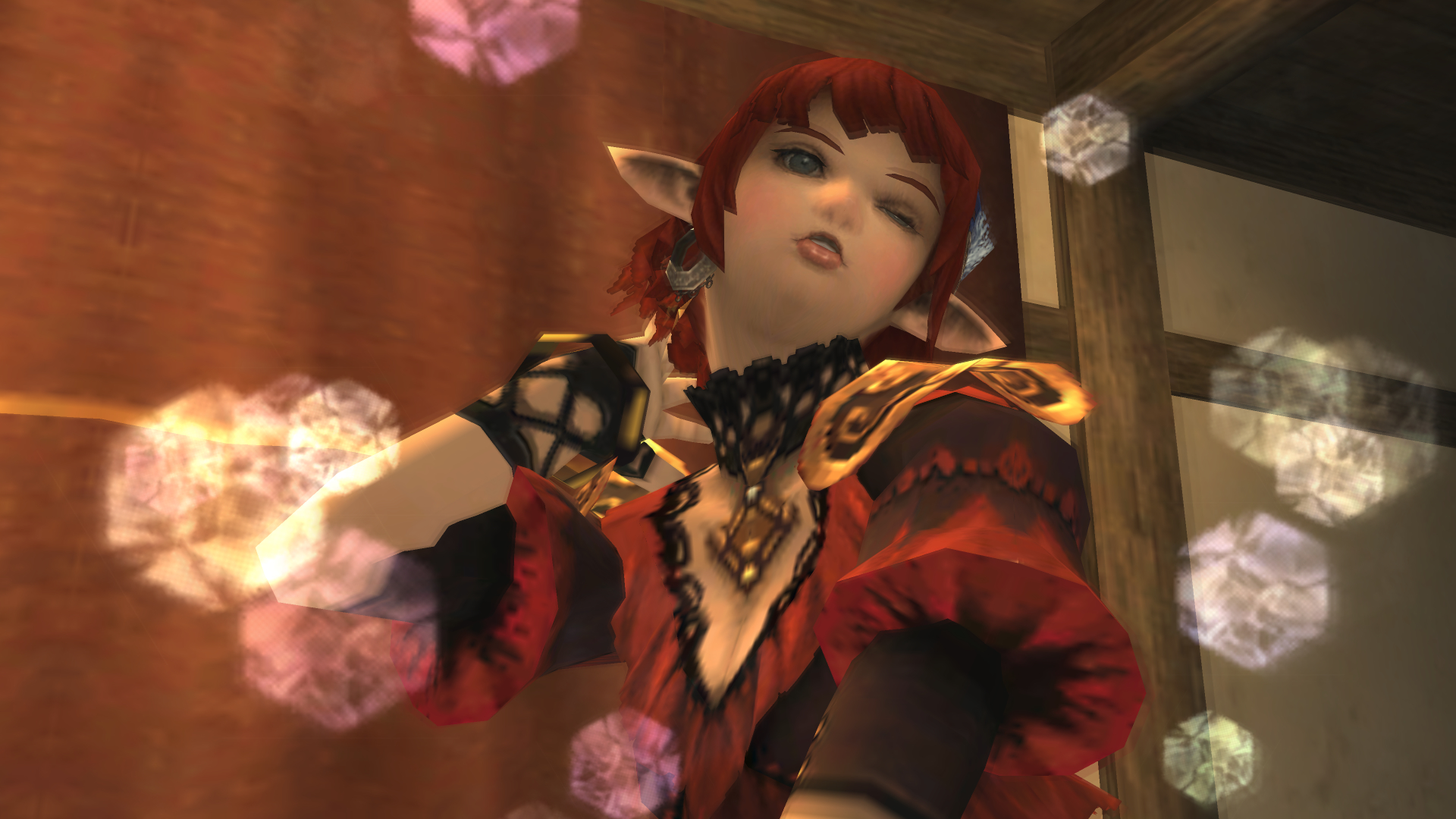
Lilisette was a heroine who featured a rich variety of expressions.
- Takahashi
Yes, definitely. The modeling team gave her a large number of bones*, which enabled her to make all those facial expressions. The animation team really did an excellent job with her.
* The bone-like parts that are necessary to move and animate digital models in 3D. - Ishikawa
On a separate topic, since the Wings of the Goddess story features quests set in the three nations' past, we were also planning to turn them into a dramatic play. As such, I think that's why we were allowed to create two original NPCs for each country from the beginning.
- Takahashi
More specifically, there are two members of The Young Griffons in San d'Oria (Captain Excenmille and Lieutenant Rahal), while Windurst features the Warlock Warlord (Robel-Akbel) and also Lehko Habhoka. There was also a set of twins planned for Bastok, but that idea was later scrapped. Instead, we gave Klara a unique face model.
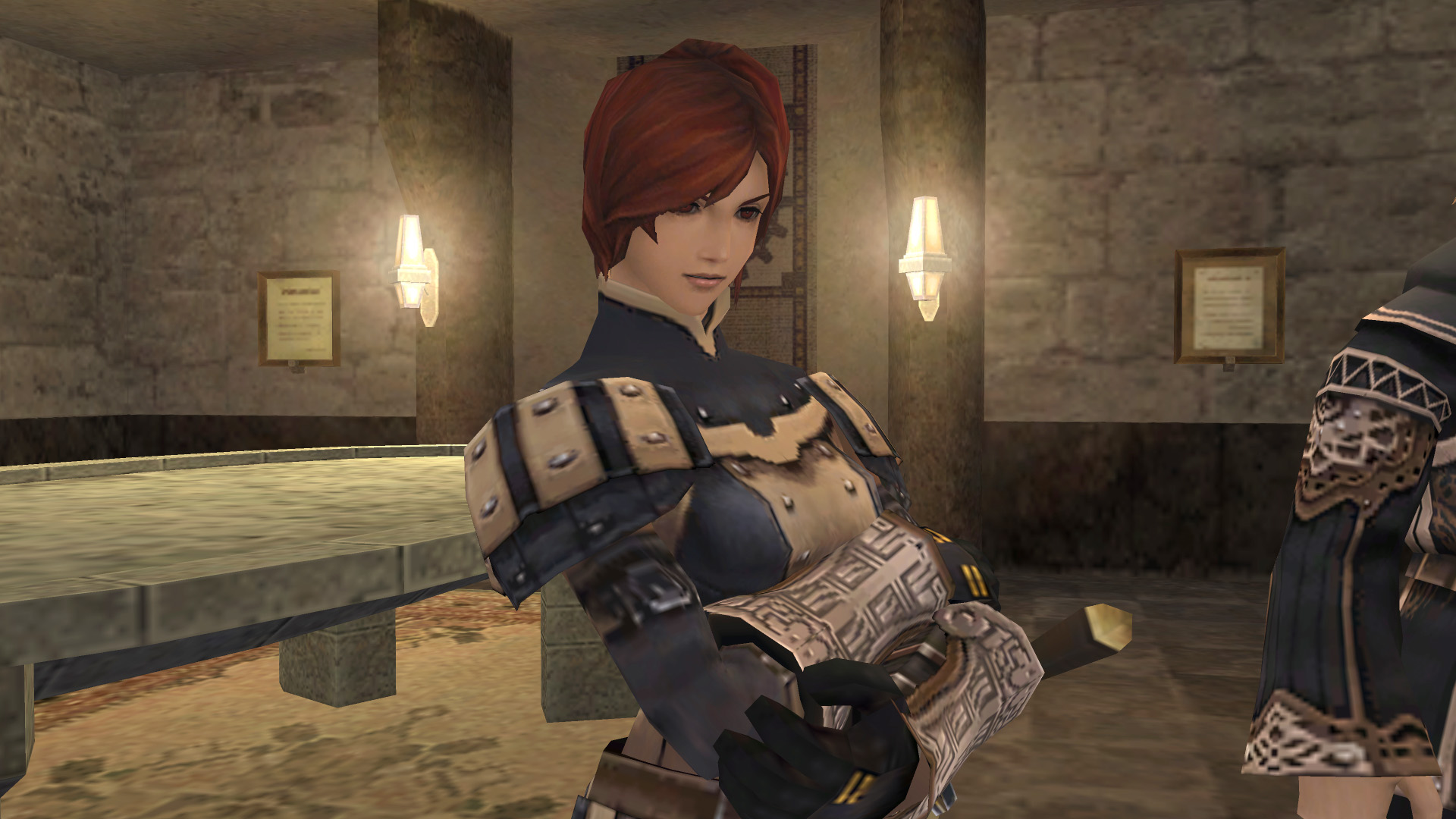
- Ishikawa
Yes, that's right. If my memory serves correctly, it was "Tomoyo" that nearly filled that extra character slot.
I would like to ask about the story behind "Tomoyo."
- Ishikawa
Although Bastok no longer had the dedicated NPCs that we originally planned for it, we felt like it would be a waste of development resources if we didn't do something. I talked with Ms. Kato and said that I'd like to use the opportunity to create a larger side quest, so I wrote the plot for a story involving the Hydra Corps commander. While we were discussing the character, someone mentioned that the commander looked like Tomoyo Daidouji from Cardcaptor Sakura* and that's how the name "Tomoyo" became a kind of codename for the development team. Ultimately, the side quest never made it into the game, but ever since then, any extra character slots have been referred to as "Tomoyo slots" by the dev team members.
* A girl's manga series written and illustrated by the manga group Clamp that was first serialized in 1996. It gained enormous popularity, going on to spawn both TV and theatrical anime releases. That's quite the story. (laughs) Finally, the truth behind the mysterious "Tomoyo" has been revealed. So it was never a character directly related to Lilisette in any way*.
* At an open discussion forum held during the "Vana★Fest 2008 in Korakuen" event, it was revealed that the name of the folder that contained Lilisette's data and the name of the character used as reference for her initial characterization was "Tomoyo." After the game was released, Lilisette herself was sometimes affectionately referred to as Tomoyo.- Ishikawa
Indeed, Lilisette didn't have anything to do with the initial creation of Tomoyo. I'm glad that we were finally given an opportunity to explain everything. (laughs)
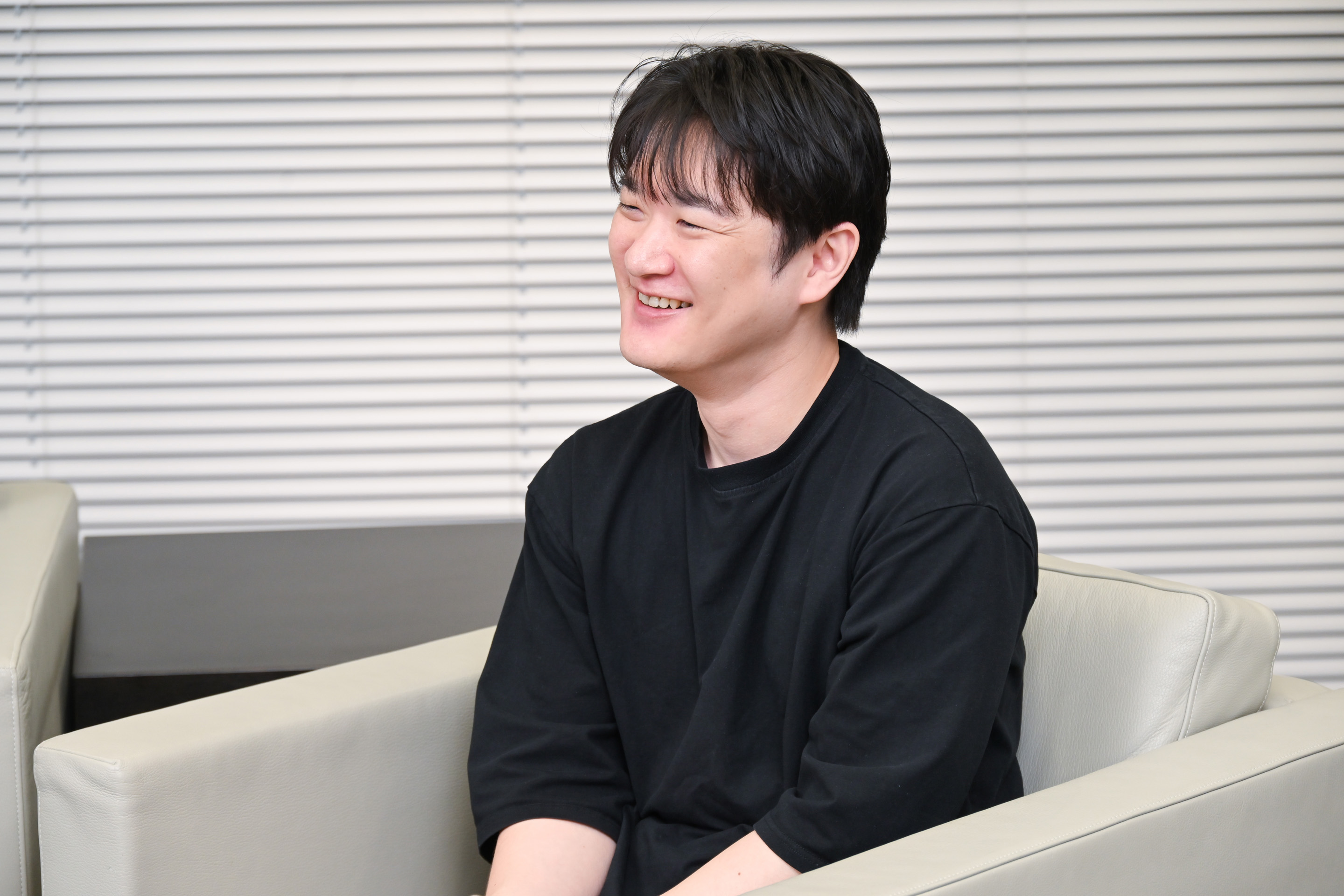
Is there anything else that was memorable for you while working on Wings of the Goddess?
- Ishikawa
It's a minor detail, but I was the person who came up with the idea that Areuhat eats shell bugs.
- Takahashi
Areuhat has a nice face. I found it quite striking.
- Ishikawa
It was decided to have a female NPC who turns into a dragon participate in the Campaign Battles. I had finished creating the personalities for the adventuring fellows, so I was asked about how we could write Areuhat in a way that would provide additional depth to her character.
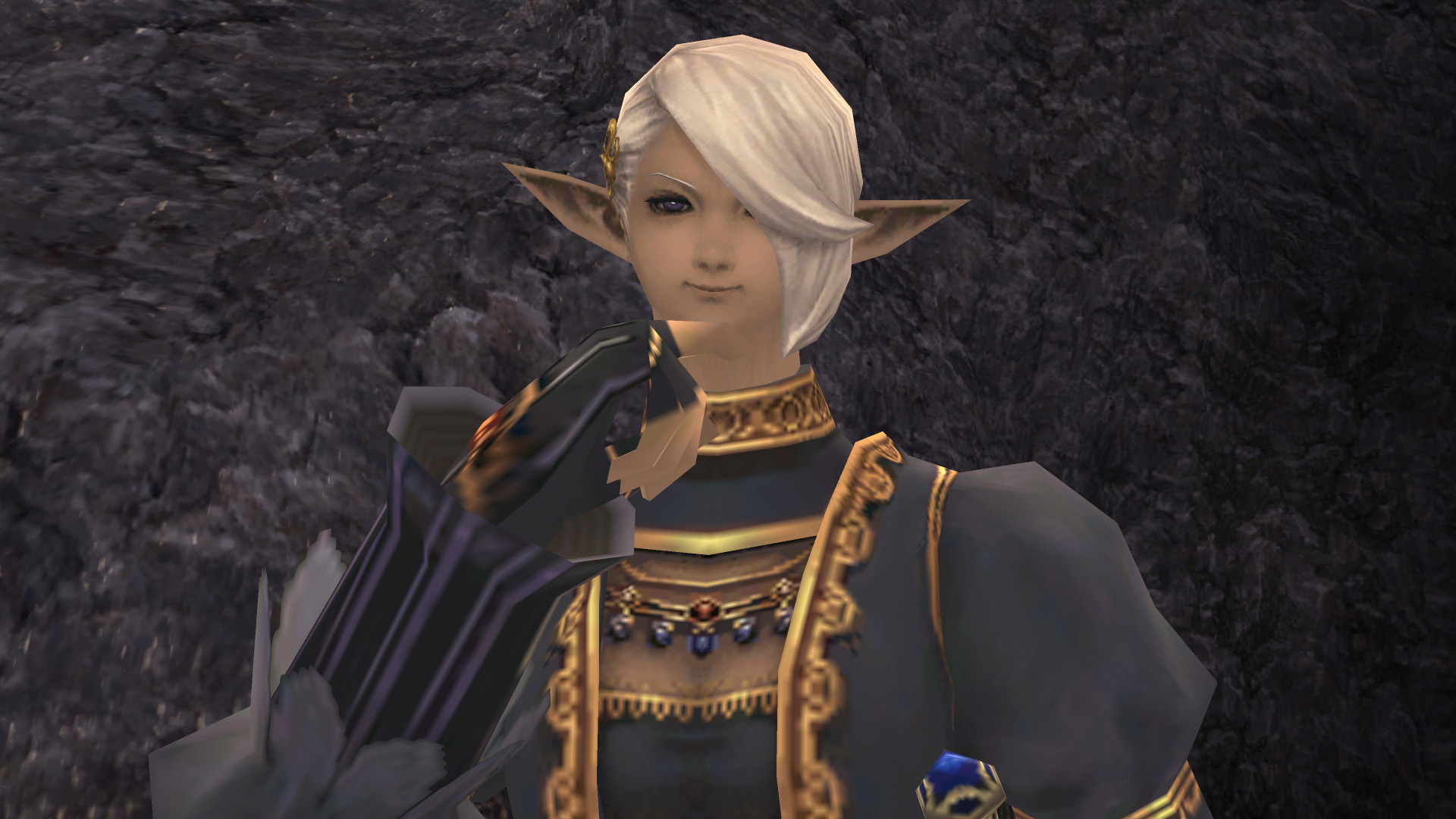
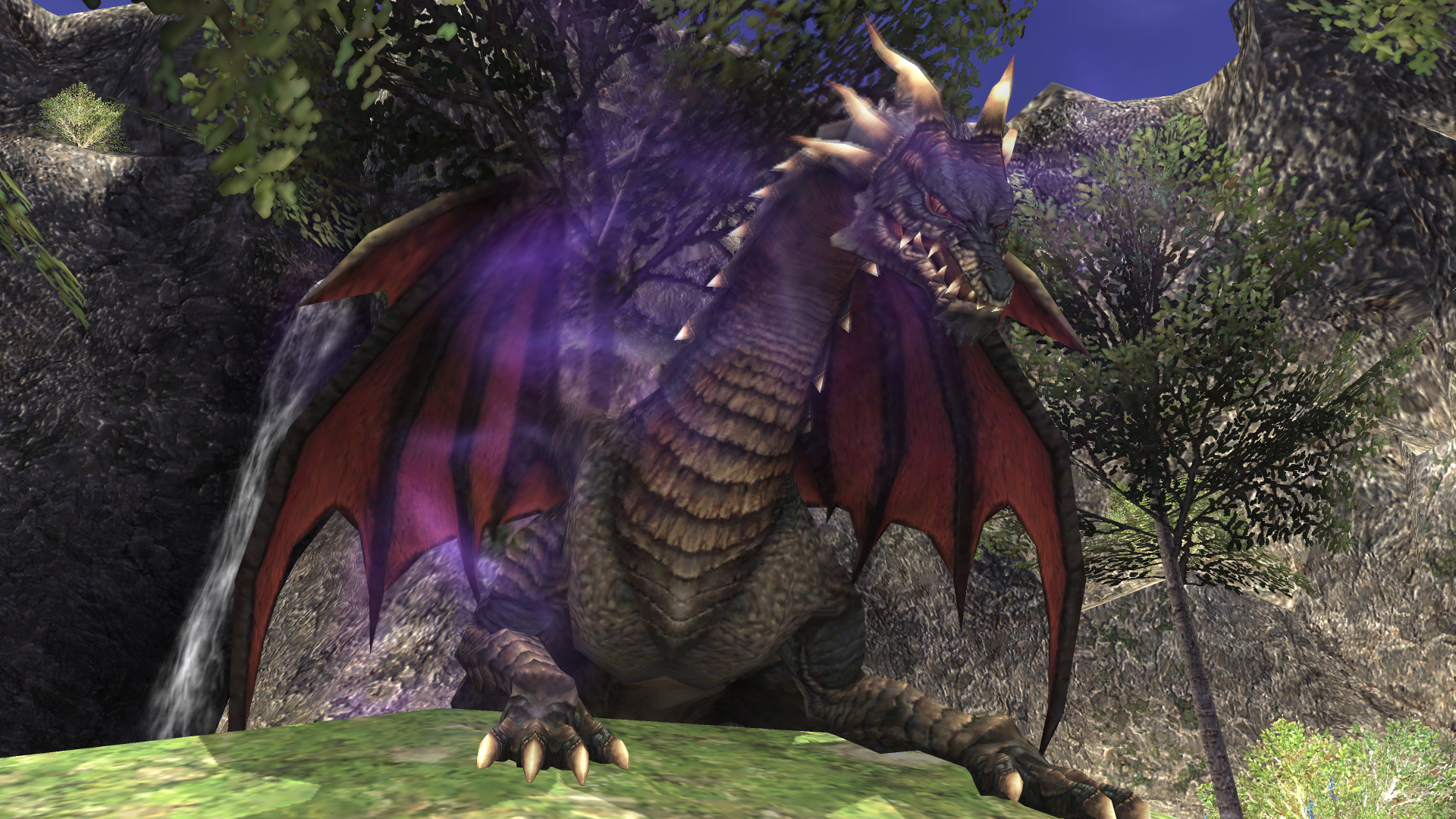
How that famous scene in Windurst's past came to be
Next, I'd like to ask you about the quests set in the past of the three nations, Ms. Takahashi, especially in regards to the series of quests set in Windurst. In the present day, Windurst already had many notable NPCs, and then you also added new ones such as Robel-Akbel and Lehko. What kind of story were you thinking to create for these NPCs?
- Takahashi
Windurst's missions and quests already featured a rich history of topics to choose from, such as events from its past, the Bow of Light, and the idea of complete summoning. Given that there were so many things to choose from, I just thought, "Let's start adding them in order."
It's like incorporating what had previously been mentioned as the nation's history into the actual story.
- Takahashi
Yes, pretty much. Since it is a story set in the past, it is already known what will happen in the future. In particular, players who are familiar with the world setting know "what's going to happen," so it made me think about what kind of uncertainties I could add that would make it interesting for them. I wanted to come up with ways to surprise them and show how things unfolded. So much like a mystery that takes place in reverse chronological order, I remember wanting to add the sinister NPCs Robel-Akbel and Lehko for the benefit of players who might know where the story ends up, but not necessarily how it got there in the first place.
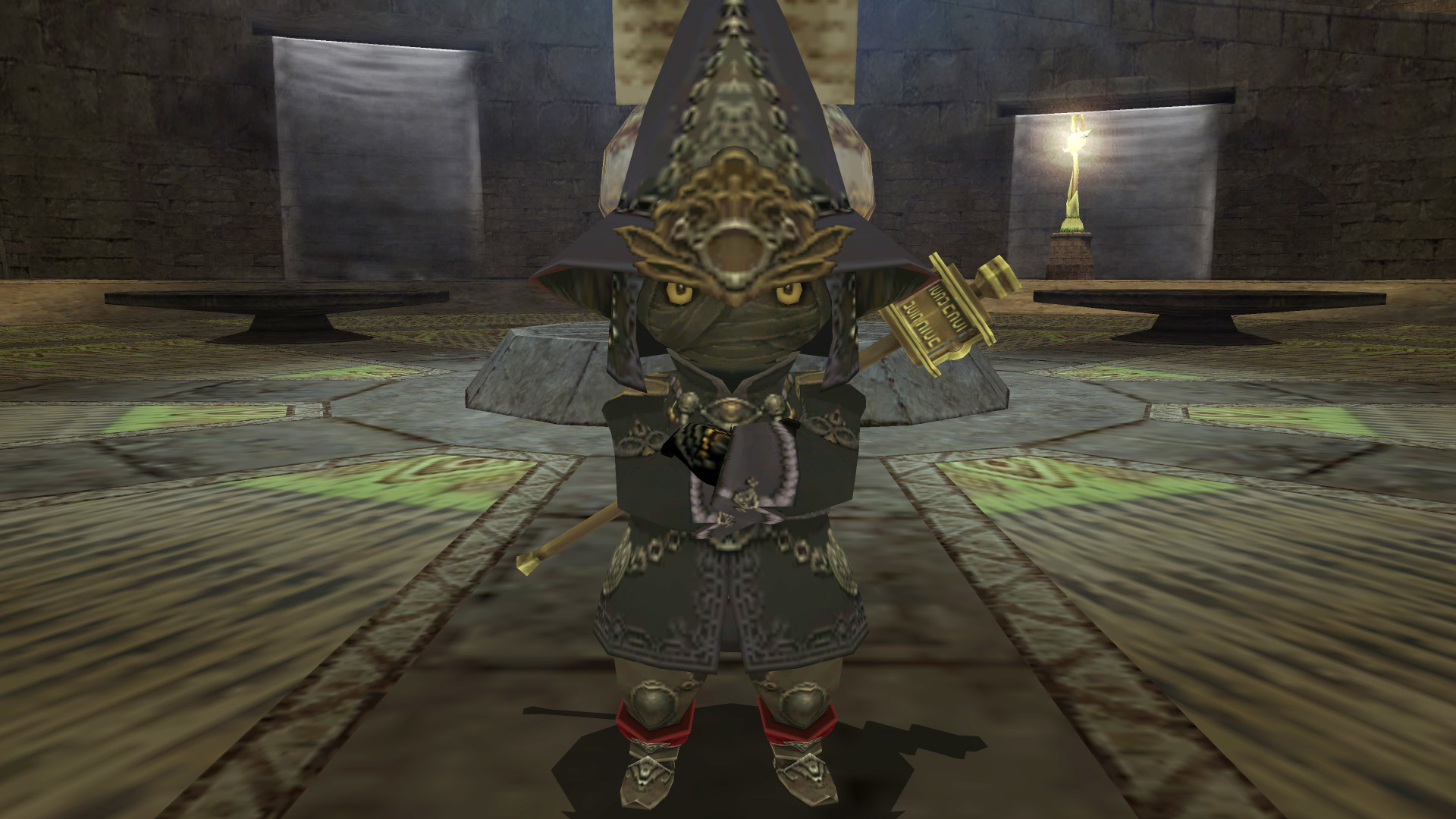
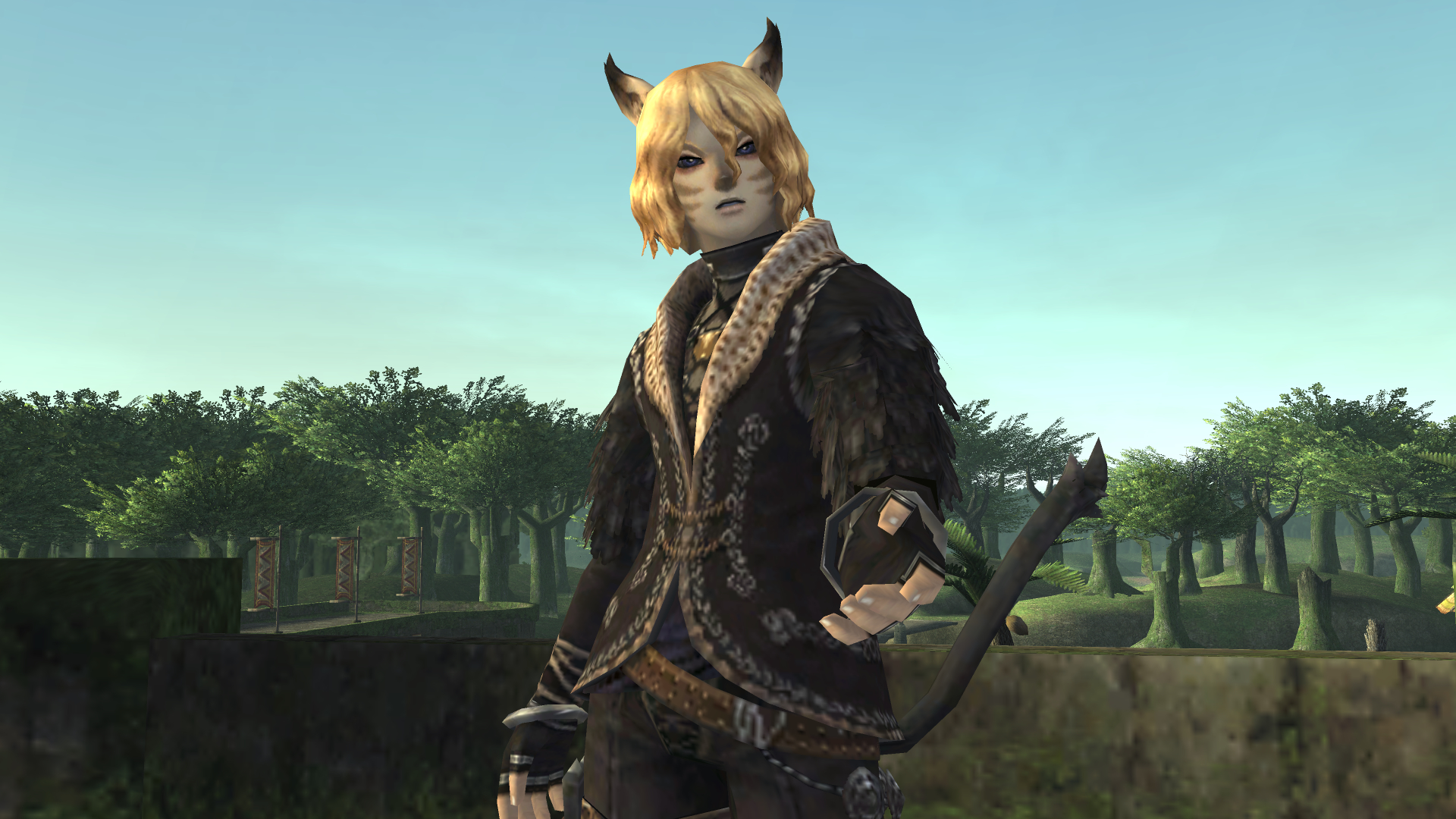
- Kato
I was still at the company when Ms. Takahashi was working on Robel-Akbel, and I remember thinking how scary he looked and that I wanted to off him right away. (laughs)
He does look quite frightening with those black bandages wrapped around this face...
- Takahashi
At first, the Warlock Warlord was created to be something of a demon hybrid. That ended up changing as the story began to take shape, but I still wanted him to be relevant to the main story, so I added him to the Spitewarden group.
Of the stories set in Windurst's past, I think Karaha-Baruha's use of his complete summoning is probably one of the most famous scenes in all of FFXI. How did you create that particular scene?
- Takahashi
Actually, Karaha-Baruha's summoning scene appears in the trailer for Wings of the Goddess that was shown at the 2007 Tokyo Game Show, even though that particular scene wasn't actually finalized at the time. It was made by taking scenes that highlighted what I was planning to create, and then adding some copy (dialogue) to it. Although it used the phrase uttered by the Star Sibyl, "I beg of you, Karaha-Baruha...", I still hadn't given it much thought at the time.
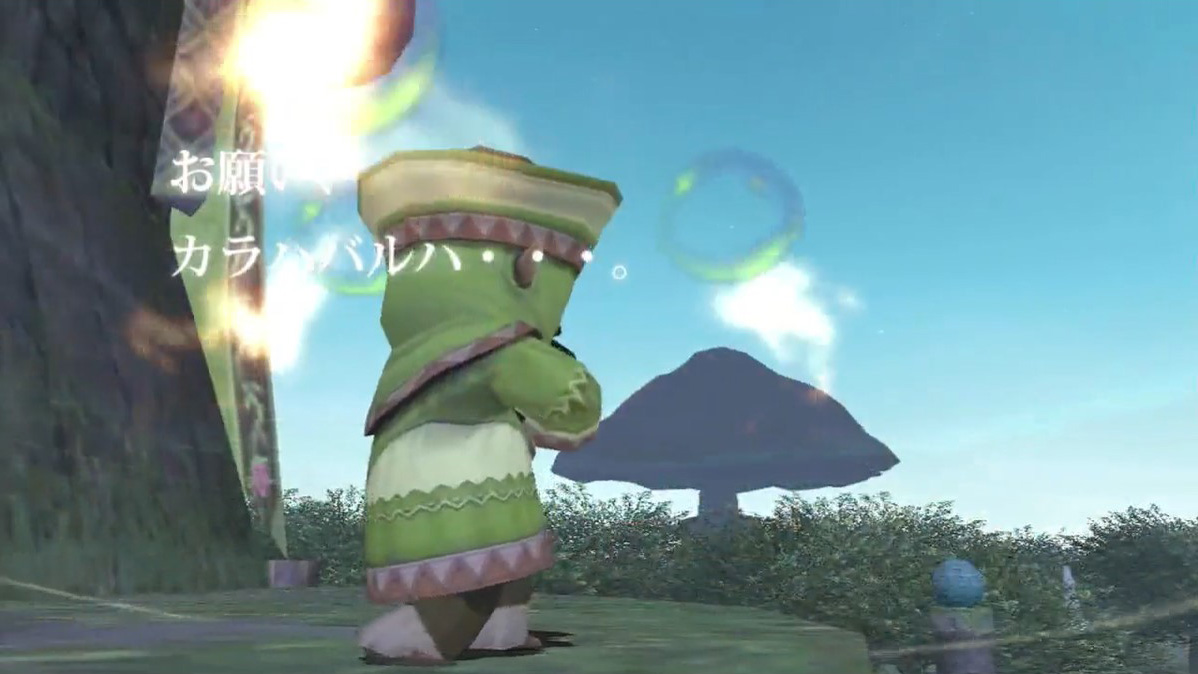
That was a pretty thrilling video.
- Takahashi
Mr. Aiba* complimented me on how good it was. When I asked him why he thought so, he replied, "Everyone knows that if he summons Fenrir, Karaha-Baruha will die, but if he doesn't, then there's no way the battle can be won. On top of that, the idea of being forced to ask a loved one to make such a sacrifice; that's the very height of drama." I immediately understood what he was talking about and what he saw in the scene.
* Ryosuke Aiba, former art director for FFXI. - Kato
You probably thought to yourself, "Thanks! I'll be stealing that!" (laughs)
- Takahashi
I decided to build the story around that as a focal point, and then I began coming up with the actual scene itself. Once it was time to implement it into the game, the team did an amazing job. When I saw the finished scene, I was impressed by just how beautiful it was. I feel it was the perfect combination of everyone pooling together their talents to make it happen.
It took roughly three years to complete the main story for Wings of the Goddess. Was that part of the original plan?
- Takahashi
It was decided early on that the missions and quests would take turns being implemented, so I feel like we determined that "if the work continues at this same pace, then it will be finished around this time."
- Fujito
That being said, I don't think we originally planned for it to take three years. We talked before about how the content for Treasures of Aht Urhgan gradually grew richer and more complicated as development on it progressed, but Wings of the Goddess also had its difficulties during production due to having to create content for the three nations. That meant we ended up needing a lot more manpower to implement everything than we had originally thought.
And as a result, the story grew much larger in volume.
- Fujito
Despite the circumstances, the scenario team came up with an overall roadmap for the game that detailed what would be made and when it would be released by. That schedule helped us release everything according to plan.
I'd like to ask you about the story's conclusion. The ending is not an entirely happy one, and in fact, you can say that it ends rather harshly for Lilisette. What are your thoughts on the ending?
- Takahashi
I didn't think it was a particularly harsh ending. The previous expansions' stories focused on people working together to take down a powerful enemy. However, since at its core, Wings of the Goddess is about a battle between people, I felt that its ending should be something different than simply saying, "In the end, Lady Lilith was defeated and everyone lived happily ever after."
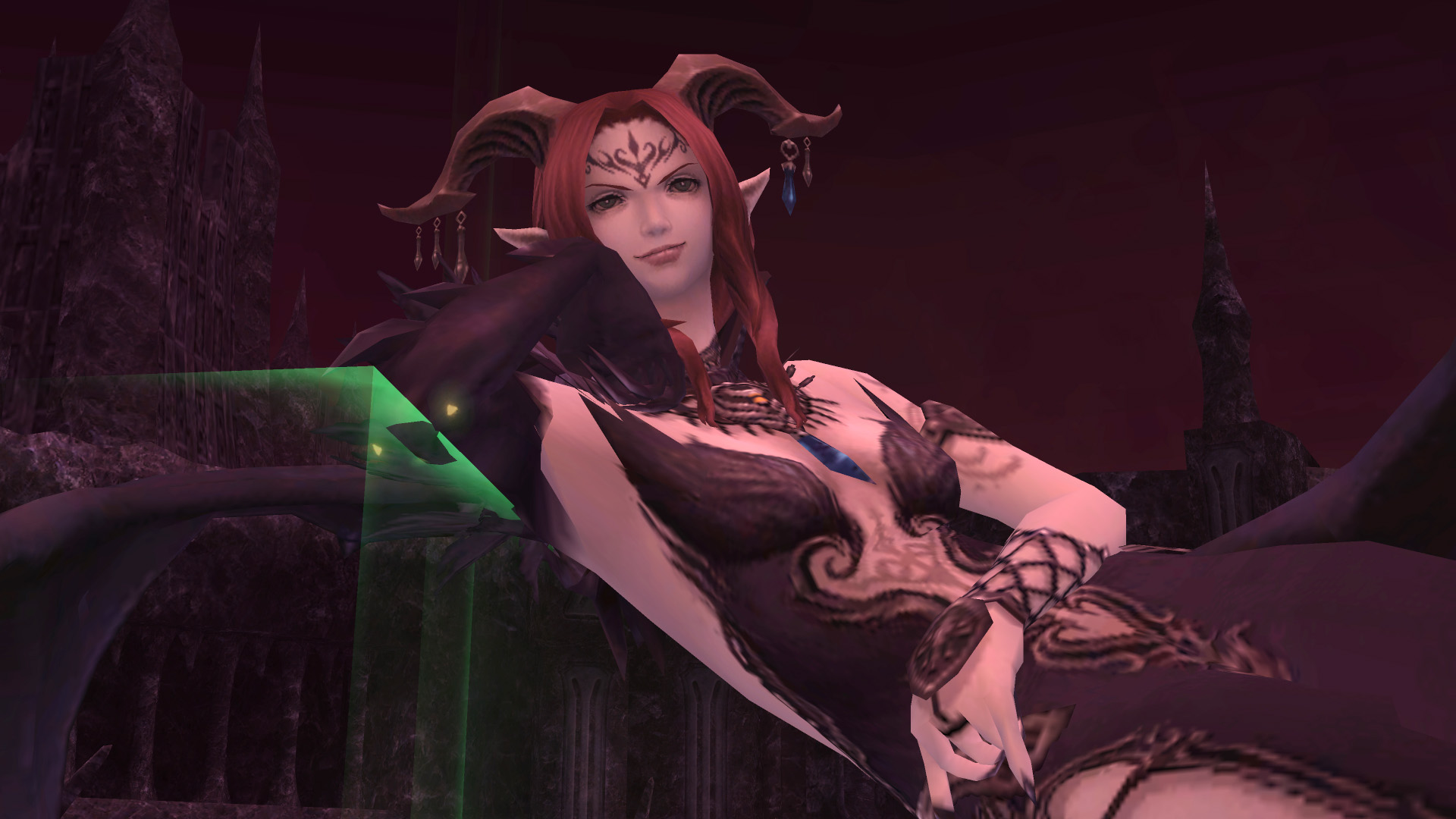
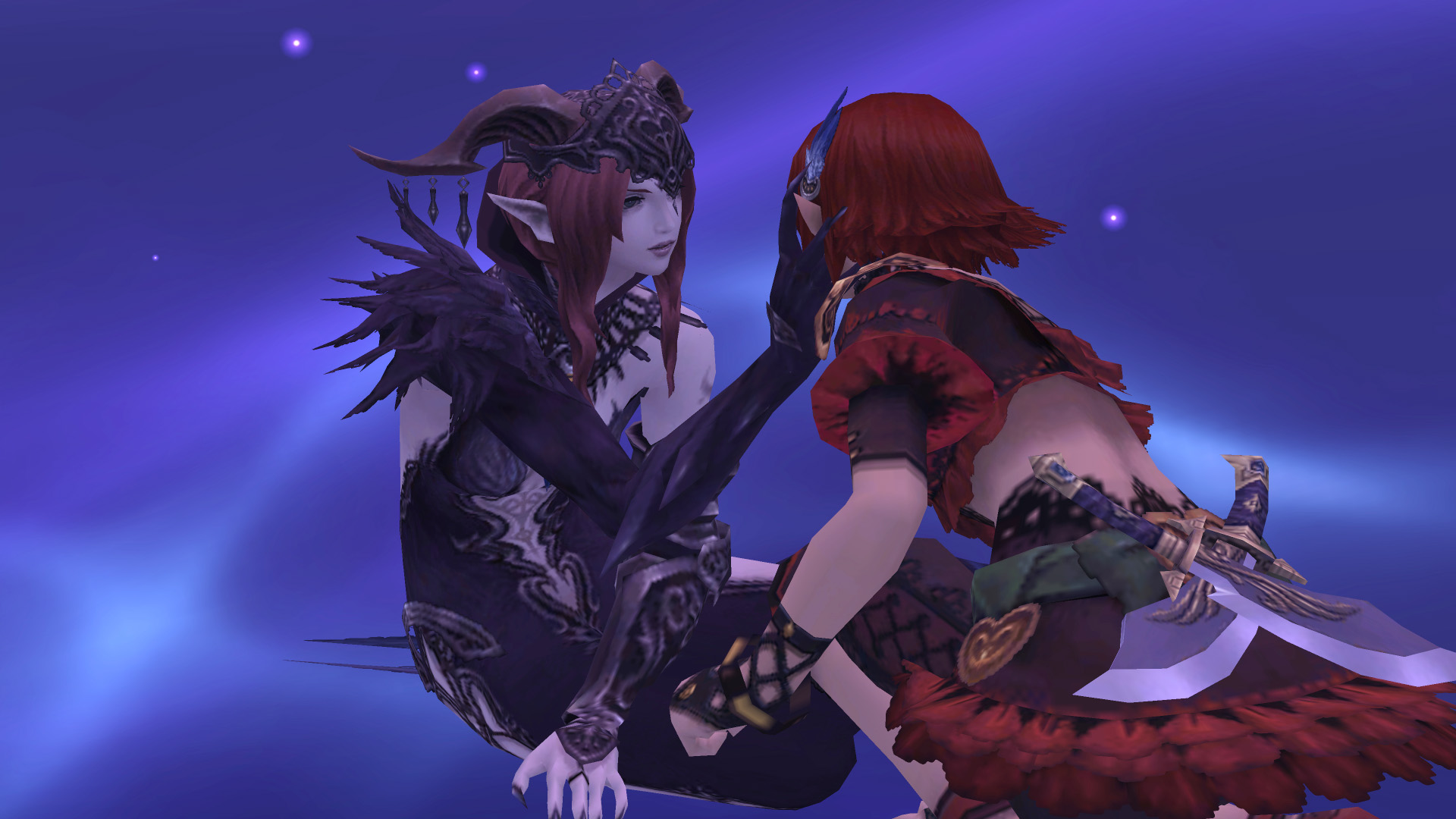
It's a story of conflicting ideologies.
- Takahashi
When you consider the fact that Lady Lilith is actually Lilisette herself, I felt like we needed to end the story in a different way than what had been done before. So I discussed it with the team and we came up with various options. The one we decided upon is what became the current ending.
The richness and depth of FFXI is due to the work of many talented individuals
Ms. Kato, we heard that you left the company during development on Wings of the Goddess, but how long were you involved with its production?
- Kato
I was on Wings of the Goddess until its first version update. At the time, I decided to share the workload on Wings of the Goddess due to everything I had on my plate during Treasures of Aht Urhgan. So I divided up the work on the quests for the three nations. I was in charge of the main story, but in addition to having to check its overall content and flow, I also had to think about the consistency between the three nations' quests as well. So in the end, I don't think my workload really changed all that much from Treasures of Aht Urhgan. (laughs wryly)
After you left the team, I imagine you must've seen how they continued Wings of the Goddess's story. Can you share your impressions of it?
- Kato
I noticed how much more depth it had been given, and thought how difficult it must have been to make. Also, when I was at the company, there was only a single Cait Sith, but I was surprised to see that the number had risen quite a bit. (laughs)
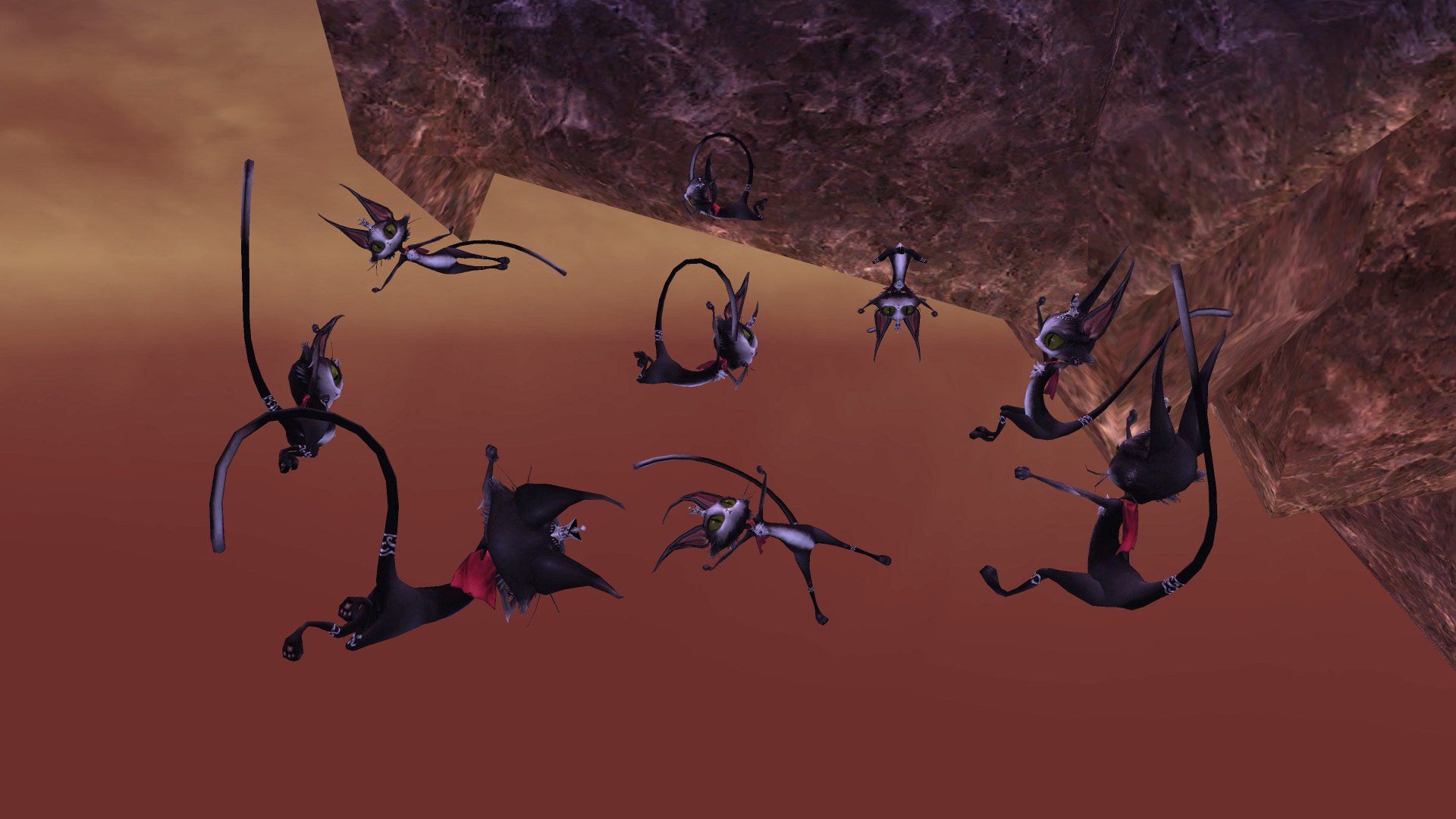
- Takahashi
They all have the same face, so we thought it'd be interesting if there were a lot of them. (laughs)
- Kato
Plus, they're cute too. (laughs)
Mr. Ishikawa, you eventually moved on to the FFXIV development team, but how long did you spend working on FFXI?
- Ishikawa
I believe I was on the team up until Wings of the Goddess was completed. One of the things I worked on that made an impression on me was the quest to acquire the black magic Retrace. I think I also focused on more detailed work too, such as checking the story setting. I also helped out a little on the additional scenario "A Moogle Kupo d'Etat."
- Fujito
I think I was also asked to work on the chocobo digging portion of "A Moogle Kupo d'Etat." There were many different parts of the game moving in parallel at that time.
What other areas of the game were you in charge of, Mr. Fujito?
- Fujito
I think I was probably in charge of the more system-related elements rather than the story ones. Also, on the team management side, it was my job to talk to the other team members if they were falling behind on their work and how to rectify the situation so that it didn't serve as a bottleneck for the rest of the team.
There were new system-related elements added to the game around the time of Wings of the Goddess, including the Level Sync*1 feature and the Fields of Valor*2.
*1: A gameplay feature that matches the level of all the members in a party to that of a designated player. *2: In-game content that allows players to earn experience points, gil, and Fields of Valor points known as tabs by completing various training regimes. There is also the similar content known as Grounds of Valor that takes place within a dungeon.- Fujito
Around that time, I was playing EverQuest 2 (hereinafter referred to as "EQ2"*1), and it featured the ability to match character levels in a party. In an effort to address the longstanding difficulty of forming a party with characters of different levels, I consulted with Mr. Matsui*2 and Mr. Gondai*3 about whether we could do something similar in FFXI.
*1: An MMORPG (Massively Multiplayer Online Role-Playing Game) that was released in North America and Europe in 2004. It was set 500 years after the events of the previous game. *2: Akihiko Matsui, fourth director/second producer of FFXI; served as battle director at the time. *3: Mitsutoshi Gondai, former battle planner for FFXI. Including Campaign and Campaign Ops, the process of leveling your character went through numerous changes; the players were given more choices than before.
- Fujito
I made various proposals at the time, as I felt it was better to have more areas to develop your character and more ways to develop them.
The Treasure Casket* game mechanic was also introduced around this time.
* A special treasure chest that appeared on rare occasions after defeating an enemy. Brown Treasure Caskets contained equipment, while blue Treasure Caskets held temporary items. However, the brown Treasure Casket was locked, and you were given hints to help you guess the two-digit number that would unlock it.- Fujito
We also looked to EQ2 for reference on the Treasure Caskets. Opening a treasure chest that appears after you defeat a monster gives you that thrill of wondering what you'll find inside. On top of that, I thought it would be even more interesting if we made it somewhat of a rare occurrence. Plus, equipment is expensive to buy at the shops, and some items are not available at the auction house, so I addressed that issue by giving you equipment when you open a brown treasure chest. In the event that you get equipment you don't need, you can still sell it for gil, and the wise use of temporary items can help you level up as well. That's what I was thinking while planning that particular feature.
- Ishikawa
I really enjoyed having to guess the two-digit number in order to open the brown chests. (laughs)
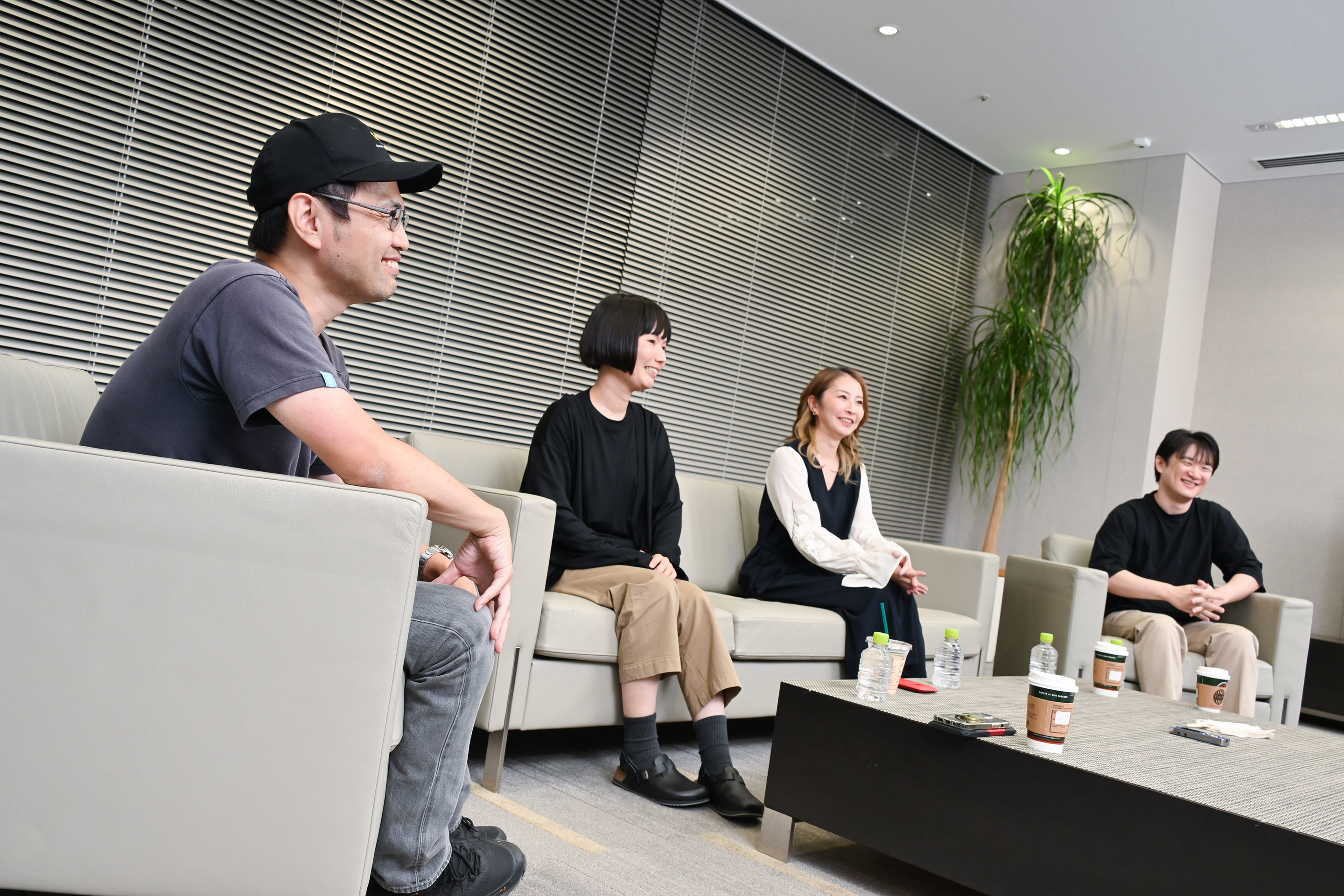
In closing, can you please tell us how working on FFXI impacted your career?
- Kato
Working on FFXI was my first actual working experience as an adult member of society, so I really didn't know much of anything at first. In fact, I was so green, I probably didn't even know that I didn't know anything. However, I learned about the process of making games from the people around me, and eventually I was able to help create games for players that were based on what I thought was interesting. My feelings for FFXI are ones of gratitude for giving me such a wealth of experience. I'm also fairly surprised to receive an opportunity such as this to talk about the game today, even after so much time has passed. (laughs)
- Takahashi
At the time, I never envisioned that the game would last this long, nor did I ever imagine that I'd be talking about it in a forum such as this, so I'm extremely grateful for how things have turned out. It makes me happy to know that there are still numerous players out there who love FFXI and continue playing it passionately to this day. I am honored to have been involved in its development. I plan to still be playing it when I'm old and gray, so I hope it goes on for another thirty or forty years. So please keep at it, everyone!
- Ishikawa
FFXI was my first job as an adult, so I gained a lot of experience from it. I felt the wonder of receiving feedback from players in real time while creating something that we could all play together, which made it an amazing work experience and I still feel the same way today. FFXI is an amazing game. I hope that it is able to continue well into the future.
- Fujito
The three people here today are a big reason why FFXI has been successful for so long. I often hear FFXI praised for being such a deep and engrossing game. Since it's a game that has been built up through various connected expansion packs over the course of many years, it has an unrivaled level of depth, volume, and richness. However, the people that create the game need to be able to showcase their talent, or else such a game never could have existed. The team has been filled with many amazing and talented people over the years. It is because of their hard work and dedication that we are where we're at today. They all have my heartfelt gratitude.
